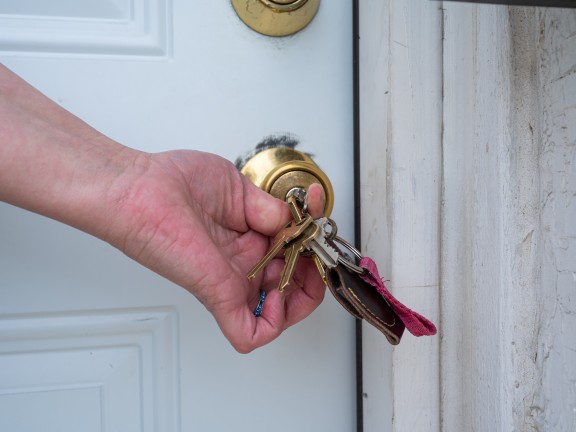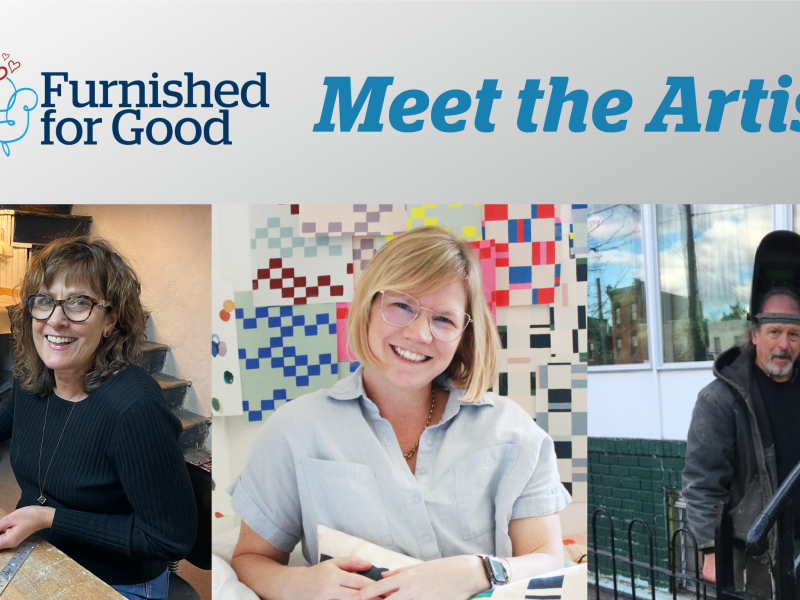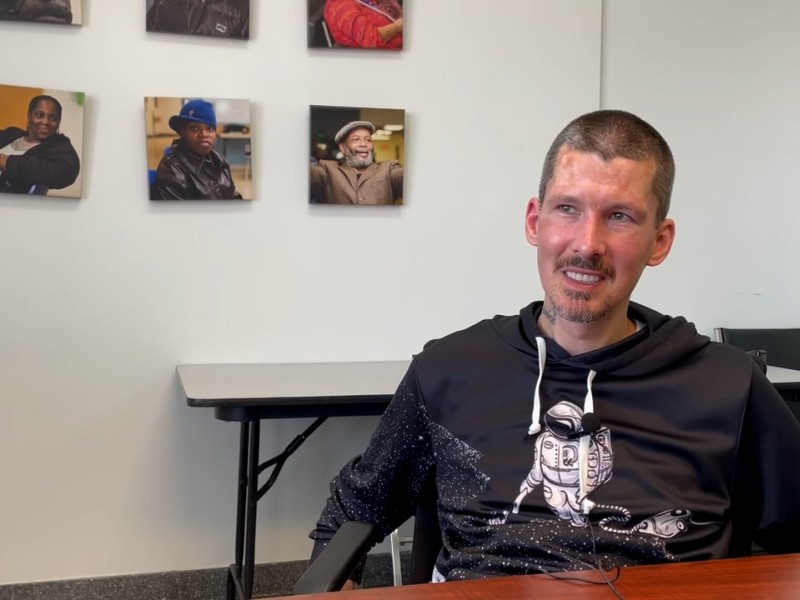How You Can Take Action to End Homelessness

For the first time since the 2018-2022 national strategic plan to end homelessness, known as Home Together, the US Interagency Council on Homelessness is looking for public comment to shape the next 5 years.
As part of the Philadelphia Continuum of Care, we often work with people who are labeled the “most difficult to house” and see ourselves as part of the solution to end homelessness. With an 85% retention rate after 5 or more years housed through Pathways, we know we have a solution that works with the Housing First model.
If you’re here, reading this, we know that you are just as invested as we are in ending homelessness. You can take direct action, right now, to help shape our systems of care to end homelessness!
You can comment here to provide your feedback on the plan for the next 5 years.
Here are some key points to consider as you provide input:
What do you think the federal government’s top priorities should be?
- Opioid use and overdose have increased over the course of the COVID-19 pandemic, making difficult situations much worse for many precariously housed individuals. The federal government has the option to incentivize funding for programs that will reduce barriers to entry for permanent supportive housing programs, including removing abstinence requirements for housing. We utilize a harm reduction model, which does not require abstinence for housing; you can read more about the difference between harm reduction and abstinence-based recovery programs here.
- The waiting list for housing vouchers in Philadelphia has 8,800 individuals and families on it; the list has been closed since 2010 and thus does not reflect the increased need over the last 10 years. Despite the recent release of 863 vouchers to Philadelphia, there are more than 1,000 individuals living unsheltered, on the street, and an additional 6,900 in the homeless system.
- Gentrification has had a major impact on Philadelphia, especially those living in poverty. Fair Market Rent (FMR) calculations, which are created as a measure of the local housing market and used to calculate affordable housing rates, are impacted by gentrification. When FMRs are calculated in newly gentrified areas, they disproportionately affect those with lower incomes and ultimately help push vulnerable people out of their neighborhoods.
What are the biggest barriers in your community?
- In many communities, there is a strong desire to implement the Housing First model. The ethos of service provider communities often aligns well with the values of consumer choice and the desire to provide housing with no readiness conditions. However, so many communities are facing a shortage of affordable housing, including Philadelphia, that it’s difficult to implement the model due to a lack of housing options.
- The gentrification in Philadelphia affects FMRs. This causes our existing housing vouchers to carry less value for prospective landlords in scattered-site programs, like our Housing First programs at Pathways. It also further increases the difficulty for housing programs to offer decent housing options to people.
How can the federal government more effectively center racial equity and support equitable access and outcomes at the local level?
- The scattered-site housing employed in a Housing First model enables participants to bypass some of the NIMBY-ism that stigmatizes people in housing programs where an entire building is dedicated to those who have experienced homelessness. However, gentrification affects FMRs and ultimately pushes low-income people into the poorest, already segregated neighborhoods.
- Most minority groups make up a larger share of the homeless population than they do of the general population. Chronically homeless individuals are disproportionately Black, Hispanic, Latinx, Indigenous, and other people of color, a product of ongoing marginalization in income, access to healthcare, incarceration, and policing, among other factors. Using Housing First to support people in exiting chronic homelessness undoubtedly moves the needle on equitable access.
What lessons have you learned during the COVID pandemic about how housing, health, and supportive services systems can help?
- Provider trust is more important than ever. People who have experienced chronic homelessness often have serious, and untreated medical issues that have been neglected for years and require significant healthcare coordination. An integrated healthcare system that helps people meet their needs, with very low barriers, in a safe and familiar space, with providers experienced with their level of medical need, is crucial to providing adequate healthcare for these individuals.
- Vaccine access through a trusted provider makes the entire process simpler. Consistent communication to promote and educate on vaccination options, and being able to access the vaccine without barriers at an existing healthcare site, makes a huge difference in vaccination rates.
- Communication among different healthcare service areas is crucial, including real-time inter-and intra-agency communication that allows all members of the team to be on the same page.
- Housing is healthcare. Having a safe space to call home reduces vulnerability and increases stability, enabling people to weather such extreme events as a global pandemic.
Is there anything else you wish to add?
Ending homelessness is a choice that our society can make. But beyond stating the goal of ending homelessness, we need to make the choice to accept that people deserve homes. Fundamentally, we believe housing is a basic human right and our national funding priorities need to reflect that.
Click here to provide your feedback!


